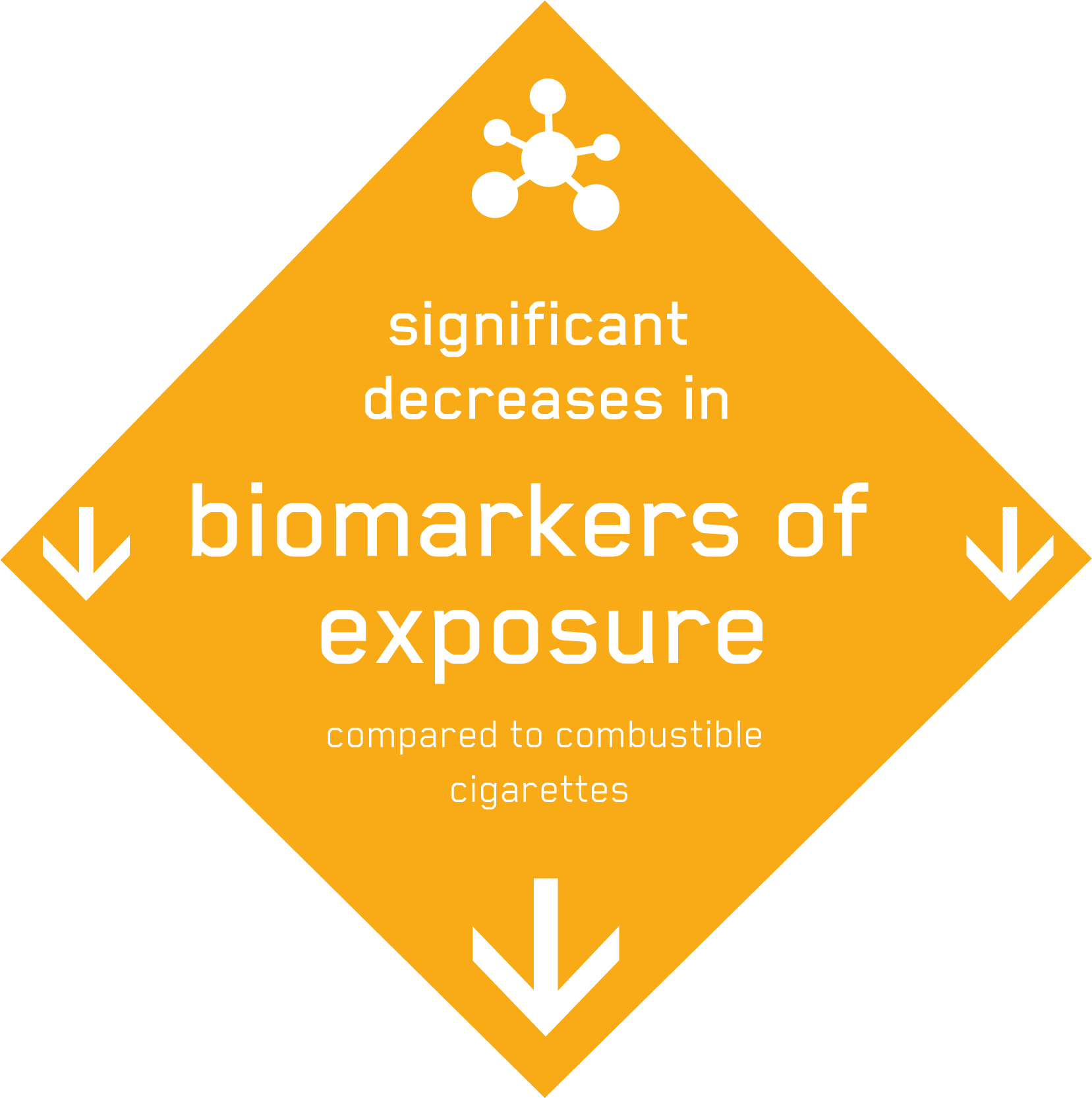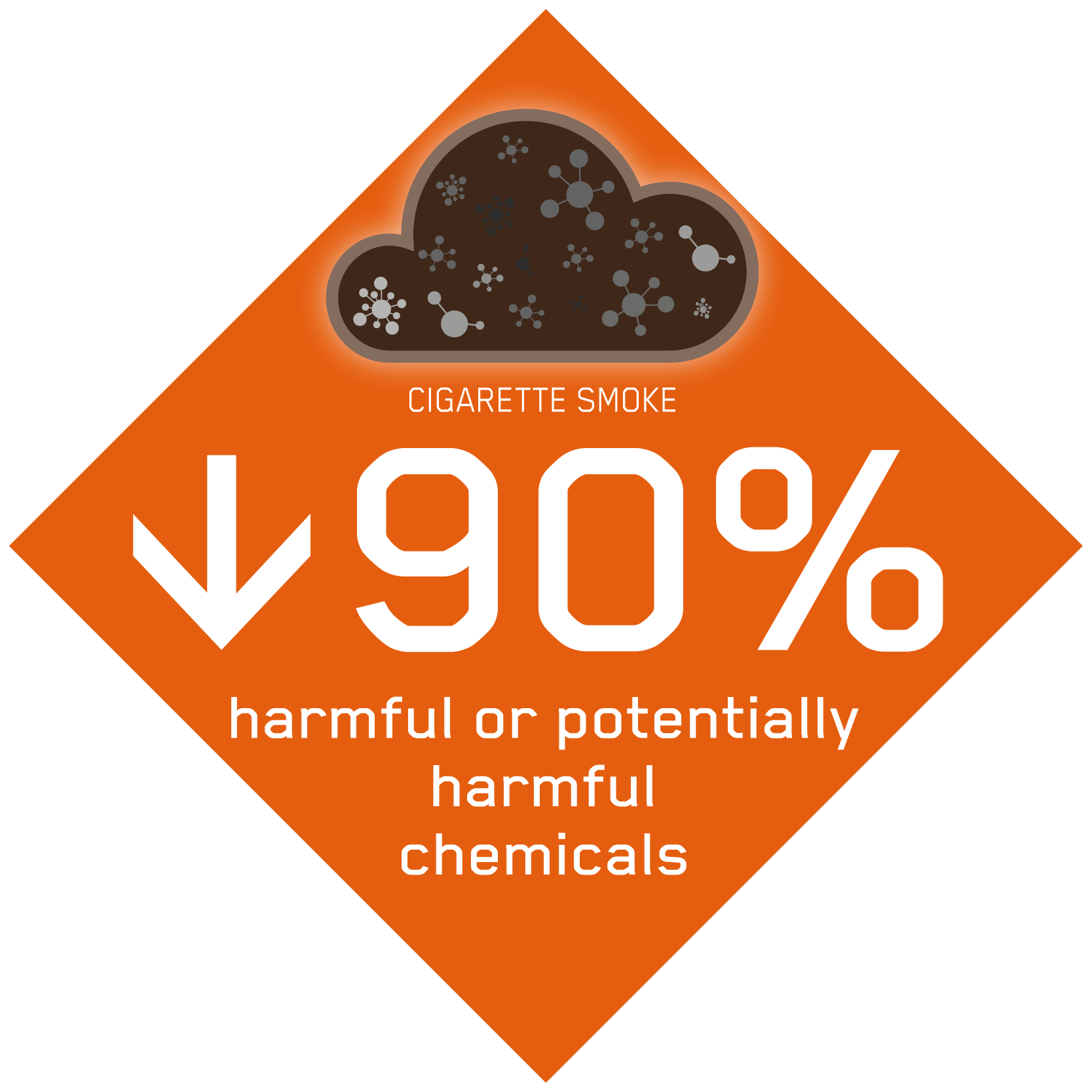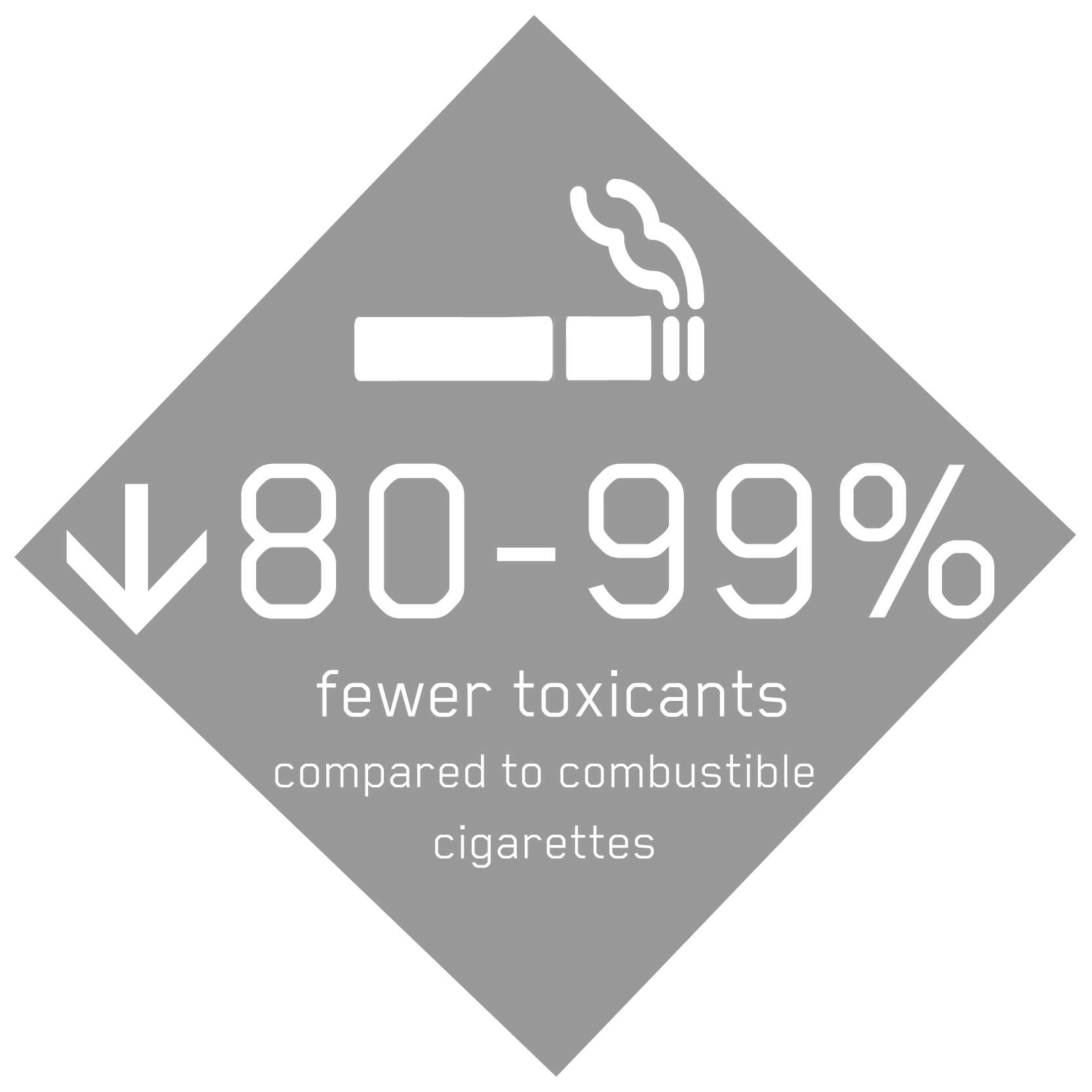//Heated Tobacco: A history of harm reduction public health advocacy
Posted 15/09/2021 9:43am
As the comprehensive evidence-base substantiating heated tobacco builds, so does the number of endorsements from public health bodies, recognising the category’s dramatic harm reduction potential. Explore the timeline below to see some of its major milestones …
One of the most promising tobacco harm reduction (THR) innovations for adult smokers who would otherwise continue to smoke is heated tobacco (HT). By heating, not burning, a portion of refined tobacco an inhalable aerosol is produced that provides adult smokers with the nicotine, tobacco flavours and aromas they seek alongside far fewer and substantially lower levels of the harmful chemicals found in cigarette smoke.
In recent years, HT products have proven increasingly effective at transitioning adult smokers away from combustible cigarettes – providing the behavioural and sensorial elements of the smoking experience (including tobacco taste, aroma, and nicotine delivery), but in a potentially less harmful way. This ability to help adult smokers move away from combustible cigarettes, coupled with their lack of attractiveness to non-smokers, means they potentially have a key role to play in helping facilitate THR.
Now, both science and policy debates surrounding HT are developing apace. As the category’s significant THR potential becomes more apparent, more government health authorities and public health bodies are taking note and are proactively examining the substantial scientific evidence. This suggests that – to date – HT products are likely to be substantially less harmful than continued combustible cigarette smoking.
With increasing evidence that HT Next Generation Products have an important role to play in making a meaningful contribution to harm reduction strategies, many of these health authorities and public health bodies have conducted scientific literature reviews, or are even performing their own research on the category.
Below is a summary of recent findings from a number of health agencies and public health bodies following their review of the available scientific evidence underpinning HT products.






